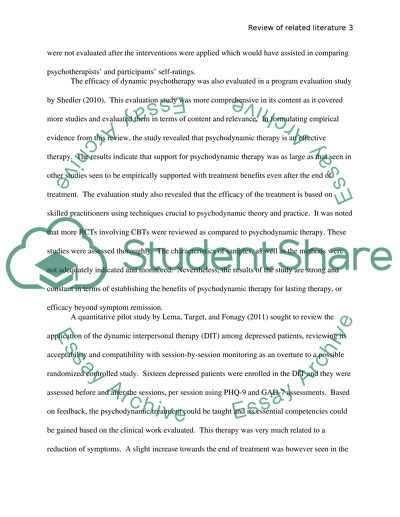Cite this document
(“Psychodynamic Therapy: Literature Review Research Paper”, n.d.)
Retrieved de https://studentshare.org/psychology/1390851-research-method-literature-review
Retrieved de https://studentshare.org/psychology/1390851-research-method-literature-review
(Psychodynamic Therapy: Literature Review Research Paper)
https://studentshare.org/psychology/1390851-research-method-literature-review.
https://studentshare.org/psychology/1390851-research-method-literature-review.
“Psychodynamic Therapy: Literature Review Research Paper”, n.d. https://studentshare.org/psychology/1390851-research-method-literature-review.


